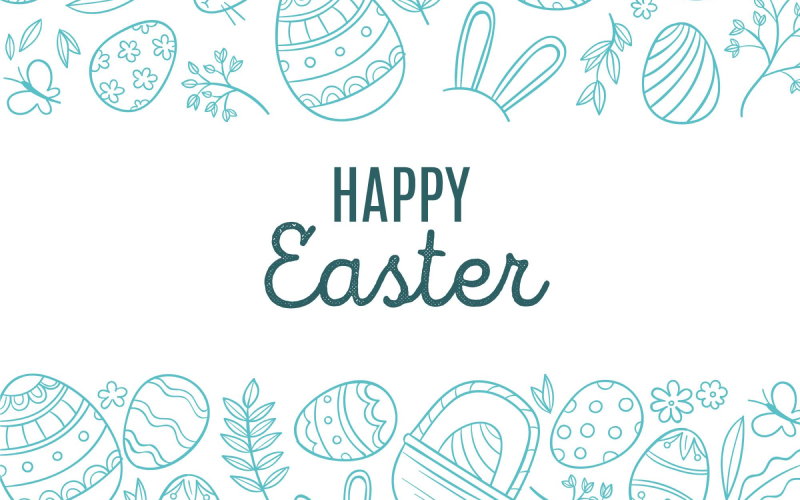
Image by Freepick
This article was developed within the program Venture an Idea funded by the USAID.
Most people in Serbia celebrate Easter by the Orthodox calendar, meaning we're single-digit days away from the merriest holiday in the Christian canon.
Almost everywhere you go on this blue planet of ours, there's an Easter tradition peculiar to that particular place. Here it's mostly about spending time with family, but Serbia has quite a few customs you'll want to be aware of. We've handpicked a couple of traditions whose combination lends a unique Serbian flavor to this widespread and time-tested holiday.
Family Time
Yes, Easter is that time of year when Serbs choose to hang out with their loved ones. There's no huge fanfare, no fireworks, just general goodwill coming out of family homes and spreading onto the streets.
It is a reflective holiday for many Serbs, a time of returning to what matters the most.
Eggs, Eggs, Everywhere
Speaking of which, eggs seem to matter a great deal. Forget easter bunnies, bonnets, or hot cross buns. Serbia is about eggs in as many shapes and colors as possible.
It all starts with dyeing. Each house takes much pride in the general creativity showcased in the final product - an impressively well-dyed egg. There's only one rule, the first egg to come out of the dyeing bowl ought to be red. That one is called the Home Guard, and it symbolizes Christ's blood.
Apart from that, all bets are off. The more imaginatively dyed egg, the better!
There are also a couple of traditional customs that have survived to this day, the most competitive of which is egg cracking. The rules are simple; the sturdiest egg wins the day. Oh, and if you receive a dyed egg as a gift, accept it. It's a sign of respect.
Customs & Beliefs
Now we're getting into the meat of things.
Serbian tradition of celebrating Easter goes back centuries, and numerous beliefs have come down to the present generation. Many are, naturally enough, related to eggs. One is rubbing a red egg against children's cheeks for heath's sake, another to place a cracked egg into the field to fertilize the ground.
One ancient and very rare tradition is 'komkanje,' or rather, drinking the 'komka' mixture (a blend of water, wine, and aromatic herbs), skipping over an axe conveniently placed at the doorstep, and making a surefire wish.
It never fails, they say.
THE Greeting
Christ is risen! He is risen indeed!
Now say it in Serbian: “Hristos Vaskrese! Vaistinu Vaskrese!”
That's the general greeting on Easter Sunday that you'll hear anywhere two people meet – on the street, over the phone, even if they're complete strangers.
It's worth learning at least the answer part; it will undoubtedly be noticed and appreciated.
This article is made possible by the support of the American people through the United States Agency for International Development (USAID). The contents of this program are the responsibility of Nova Iskra and do not necessarily reflect the views of USAID or the United States Government.